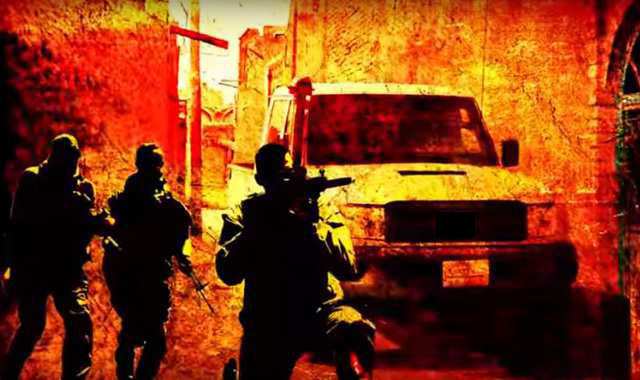Defending Warfighters Against Everyday Dangers

Mary Roach is a popular science writer who has published seven books to date, all examining various facets of science with a specific focus on the human body. In her most recent book, Grunt, Roach delves into the gritty side of science, exploring how, among other things, injuries and illnesses in the field can be treated or even prevented.
Many of the things we take for granted are luxuries to deployed warfighters. There likely is not a fully-equipped emergency room waiting to help those injured on the front lines. Oftentimes, warfighters can’t trust that the food and water they consume is safe from illness-inducing bacteria. And having access to basic necessities can be an engineering and logistics challenge.
In addition to health issues that can arise during deployment, warfighters are often faced with an enemy that doesn’t fire bullets. Chemical agents can be impossible to see, and hard to detect in time. While Roach’s research into a military-grade “stink bomb” deals with a non-lethal agent meant to dissuade opponents rather than injure, chemical warfare can be highly effective and extremely difficult to defend against.
Just traveling from place to place can be highly dangerous. Warfighters often face the threat of weapons like improvised explosive devices (IEDs).
The need for protection from heavy weaponry while traveling has led to huge advancements in technology for armored vehicles, ranging from Mine-Resistant Ambush Protected vehicles (MRAPs) to Battelle’s up-armored commercial trucks and SUVs. MRAPs are one method of defense against the problem of IEDs, which frequently are triggered beneath vehicles on a road. As Roach explores in Grunt, the unique design of the underbelly of the MRAP is optimized for mitigating the blast effects from hidden IEDs.
Solving the Problem
Thinking about the science and engineering required to support the well-being and life sustainment of the men and women fighting for us abroad starts at home, at places like Battelle. We provide warfighters with the defensive capabilities and life-sustaining technologies to survive the dangers of the field so that the mission can be successfully accomplished.
More research into how to protect warfighters in both non-combat and combat situations will always be necessary. If we can think innovatively and preemptively, we can figure out ways to keep our warfighters healthy and protected against ever-evolving threats from enemies and the environment.
Technologies like chemical and biological threat detection, armored vehicles and William Baer’s work with maggots as a field-appropriate wound treatment that Roach examined in Grunt are examples of how identification of a potentially life-threatening challenge combined with solid research and development solutions can provide a valuable leg-up to the safety of our warfighters.
BATTELLE UPDATES
Receive updates from Battelle for an all-access pass to the incredible work of Battelle researchers.